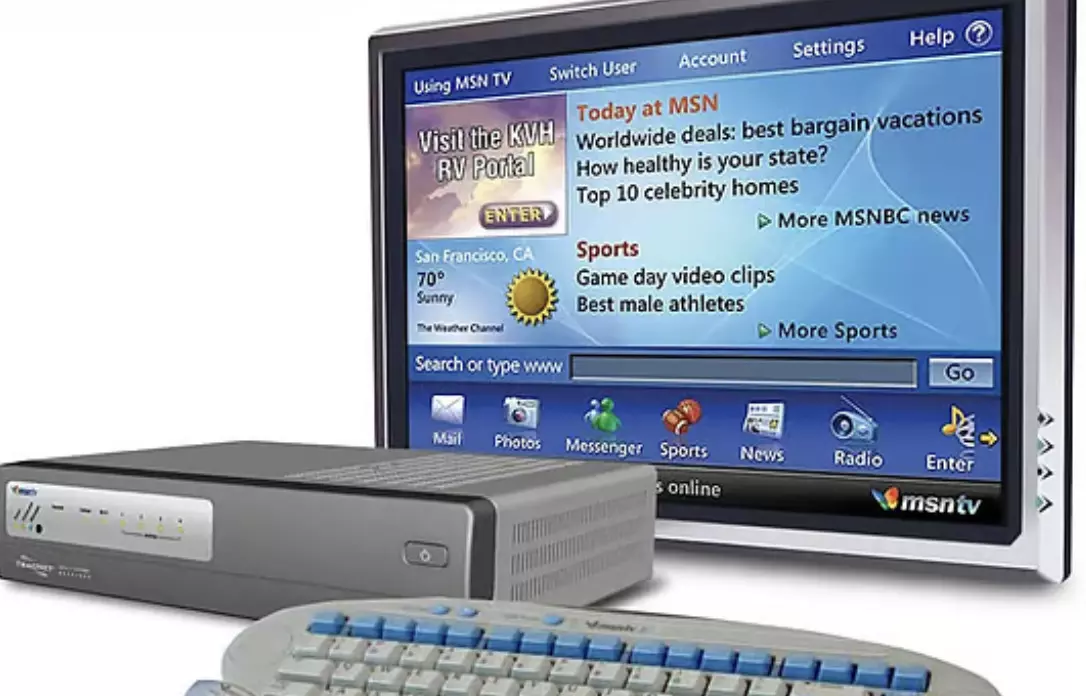Microsoft’s Biggest Flops: From MSN TV to Lumia smartphones
Microsoft’s Biggest Flops: From MSN TV to Lumia smartphones

Even tech giants stumble—and Microsoft, despite its dominance, has had its fair share of misfires over the years. From internet-connected TVs to sleek smartphones, here are some of the company’s most notable flops and the lessons they left behind.
MSN TV (1996)
Launched with the hope of bringing the internet into living rooms via TV sets, MSN TV was ahead of its time—but painfully behind in execution. Users faced clunky hardware and sluggish dial-up speeds. The biggest takeaway? Prioritize user experience above all else.
Zune (2006)
Microsoft’s answer to the iPod came in a stylish package but lacked the vibrant app ecosystem and cultural appeal that Apple had already nailed. Zune’s failure highlighted how crucial timing and a well-integrated ecosystem are in consumer tech.
Windows Vista (2007)
Promised as a revolutionary OS, Vista instead delivered sluggish performance and frustrating compatibility issues. It disappointed users so thoroughly that it sparked a complete rework—leading to the much-improved Windows 7.
Kin Phones (2010)
Targeted at teens, the Kin series was a social-phone experiment that barely lasted a few weeks. With high prices and limited features, it failed to connect with its audience—teaching Microsoft a harsh lesson about knowing its market.
Lumia Smartphones (2011–2016)
Despite sleek hardware and bold design, Lumia phones couldn’t compete with the Android-iOS duopoly. The Windows Phone app ecosystem was too limited, and the late start proved fatal. The fall of Lumia underscored a simple truth: in mobile, ecosystem is everything.
Windows RT (2012)
Designed as a tablet-friendly OS, Windows RT confused users by stripping down features and limiting app support. Its failure highlighted the importance of product clarity and purpose—especially when branching into new form factors.
Microsoft Band (2014)
Entering the wearables market, the Microsoft Band aimed high but landed flat. Poor battery life and clunky design turned users away quickly. It became clear that breaking into new hardware categories requires more than ambition—it demands polish.
From bold experiments to billion-dollar write-offs, Microsoft’s missteps serve as a reminder that even the biggest names in tech must constantly adapt, listen, and learn.

